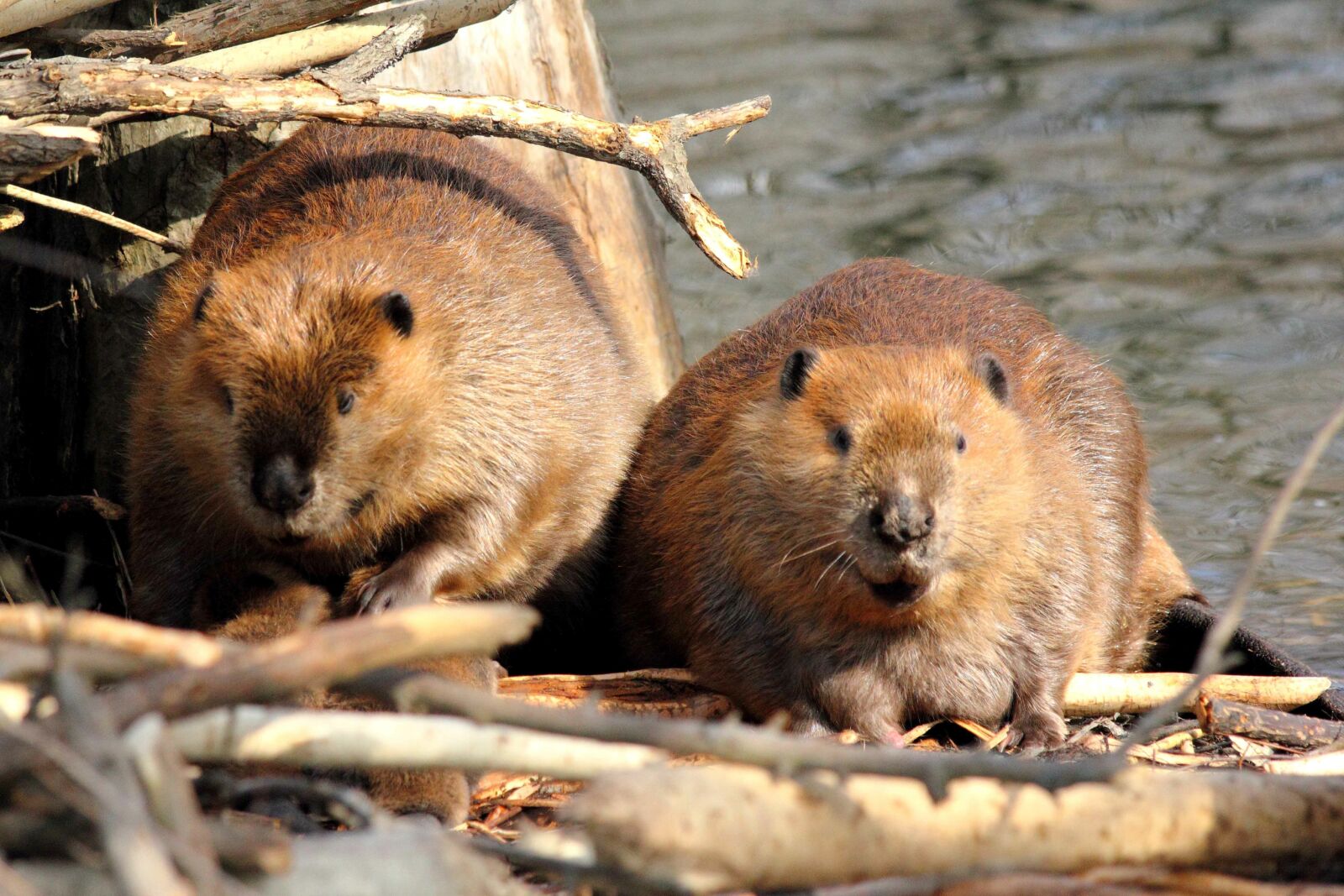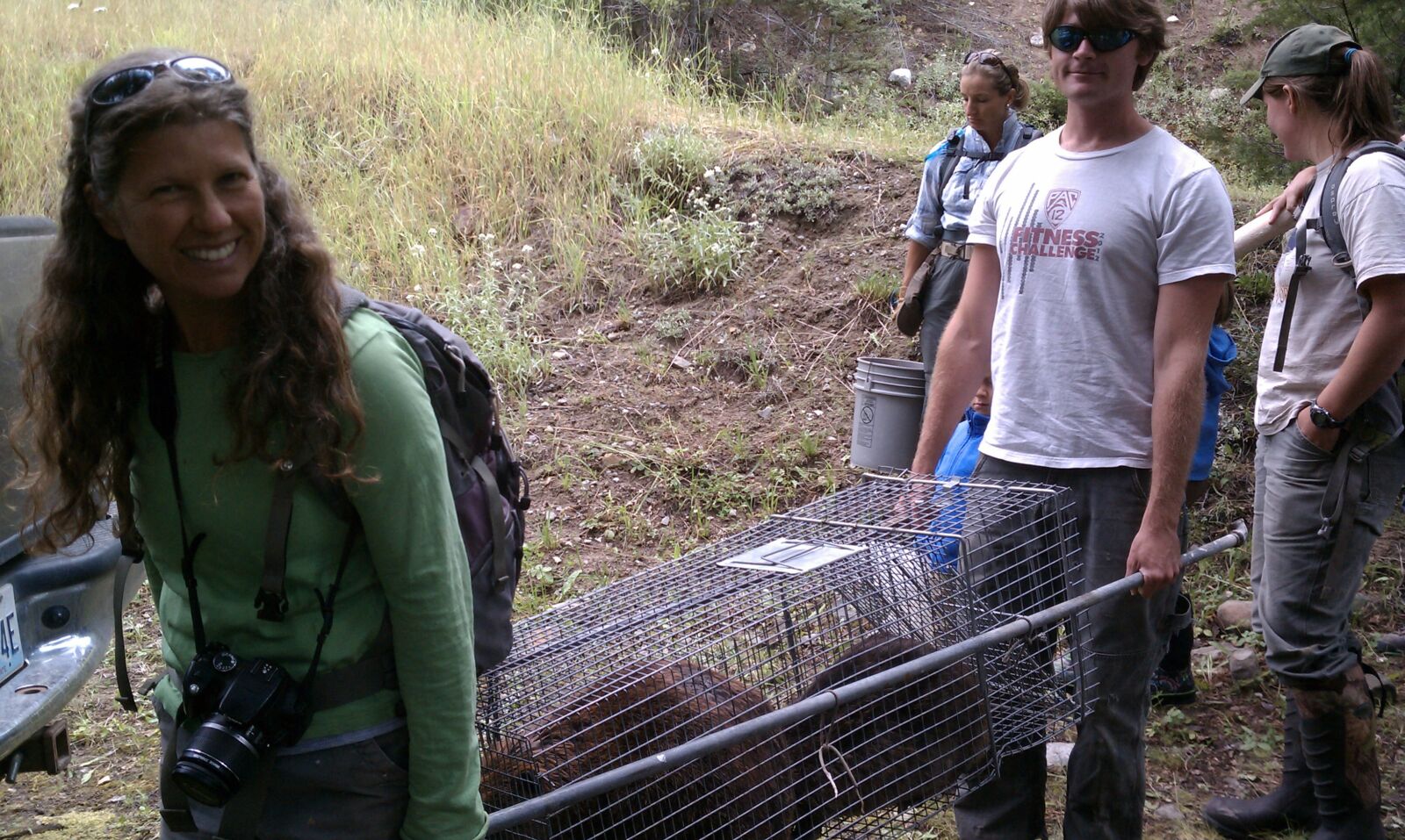Beavers work tirelessly to:
- construct lodges (for protection from predators and winter food storage),
- build dams (to isolate their lodges, move food and move building materials) and
- collect and store winter food.
The beaver is a keystone species, creating wetlands that positively impact their entire ecosystem.
At one time, the North American beaver population was estimated at more than 60 million. Today, that number diminished by nearly 80 percent. Both today and yesterday, beavers were trapped for fur and their glands (used in pharmaceuticals, as “natural” vanilla flavoring, and in fragrances). Beavers were also considered a nuisance. They interfered with landscape aesthetics and functional human land uses because they felled trees and created dams. As the beaver populations declined, so in turn did wetlands, with detrimental effects on watersheds.
So what’s the big deal? Why are beavers so important to the forest? When beavers fell trees and dam streams, they’re helping the ecosystem in a variety of ways:
- more vegetation along streams and rivers,
- more habitat for animals who depend on wetlands,
- a more complex habitat and improved summer stream conditions for native fish species, including endangered and threatened fish such as Pacific salmon, steelhead, pacific lamprey and bull trout;
- increased water storage for later in the season;
- cooler water temperatures from underground water surrounding beaver wetlands;
- flood control;
- improved nutrient levels in water systems;
- reduction of waterborne fecal bacteria in streams from cattle, through the entrapment of these microorganisms in bottom sediments of beaver ponds.

On the Methow Ranger District of the Okanogan-Wenatchee National Forest in North Central Washington, Forest Service biologists have turned to the unflagging energy of the beaver to help restore the Methow watershed. So far, the project outcomes have been remarkable.
The biologists on the Methow Valley Ranger District decided to address two issues with a beaver relocation program:
- removing “nuisance” beavers from areas in which they are interfering with human systems, and
- restoring wetlands by reintroducing the beavers to strategic areas in which they were historically located.
The project goal is for the successful establishment of 50 sites throughout the Methow watershed (or more!). To date, 19 successful site re-establishments have occurred in the Methow Valley, storing hundreds of millions of gallons of water as a climate change adaptation.

The National Forest Foundation has committed to raise $200,000 to help with the beaver relocation efforts. Funds raised by the National Forest Foundation will be matched by the Forest Service.
To make a tax deductible contribution to the beaver project, please contact Dayle at 206-832-8280 or [email protected] or click here.

